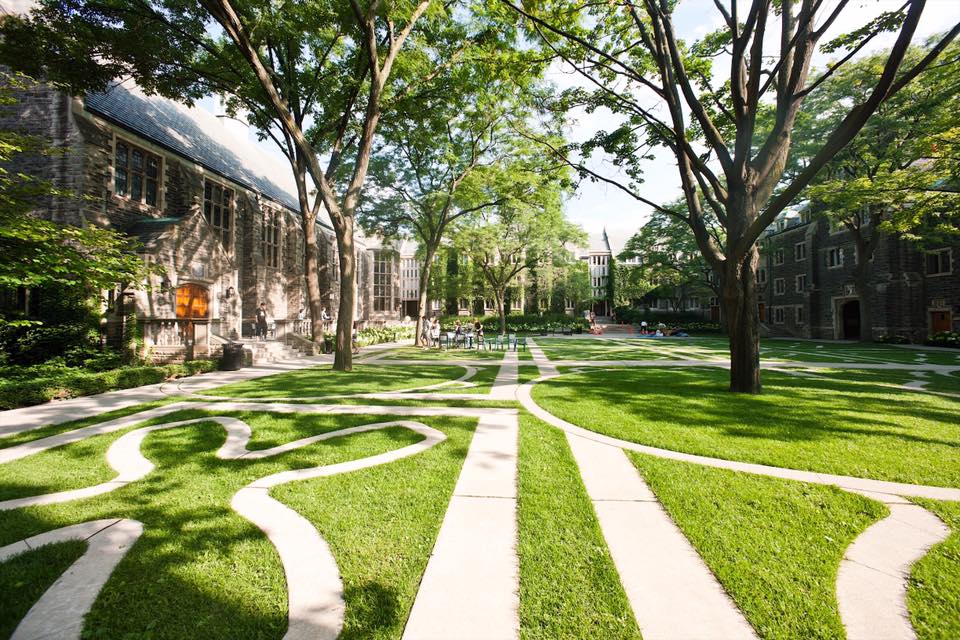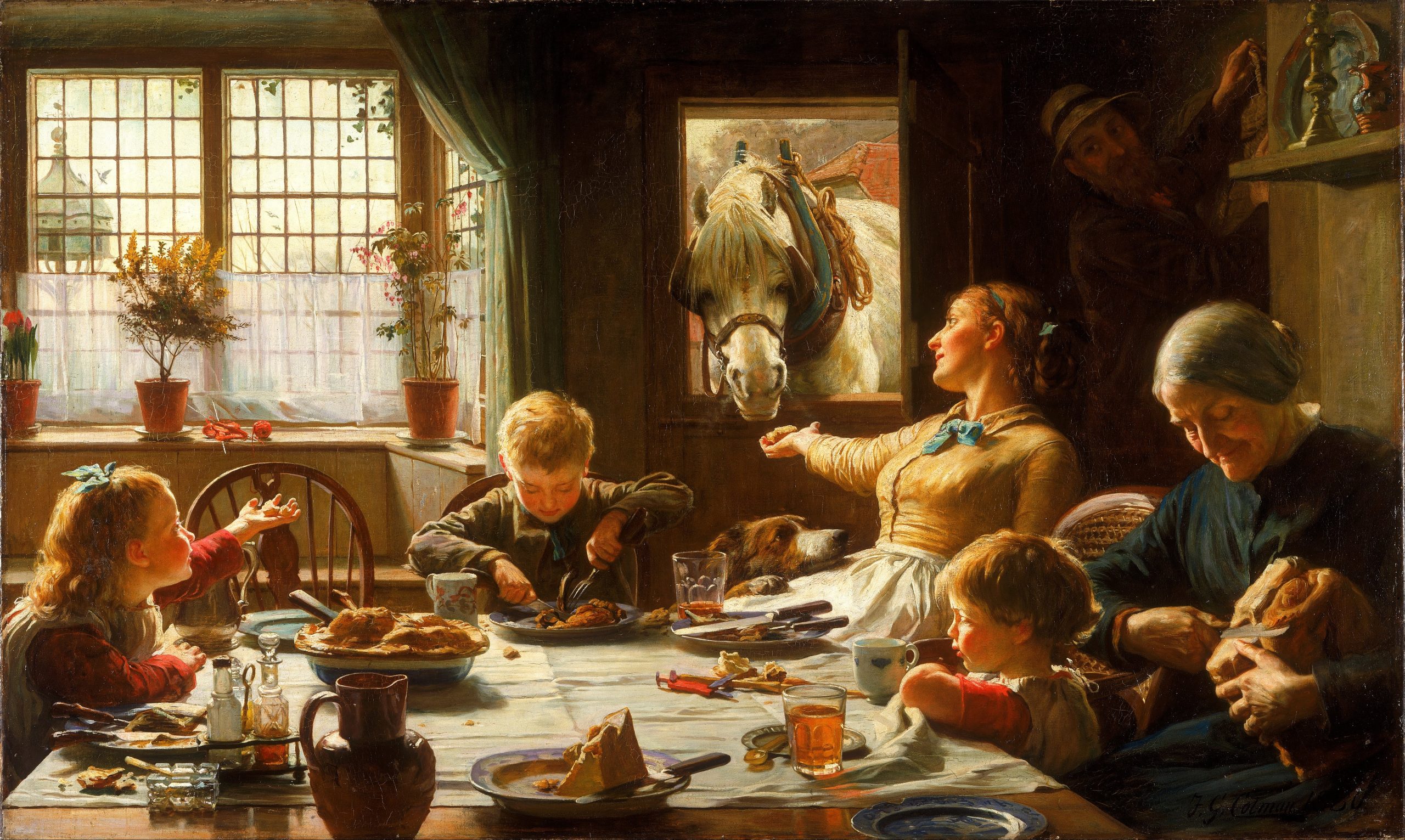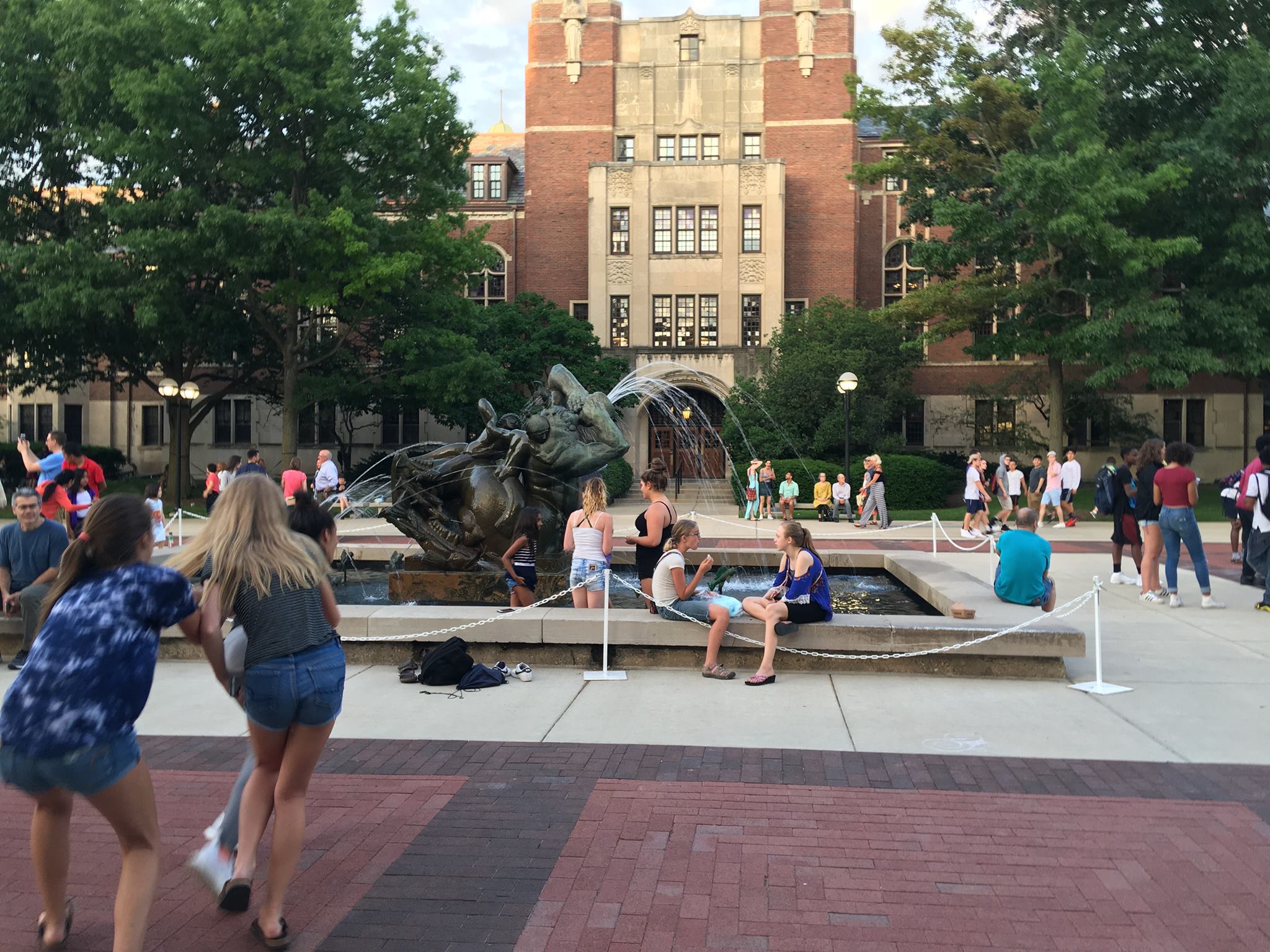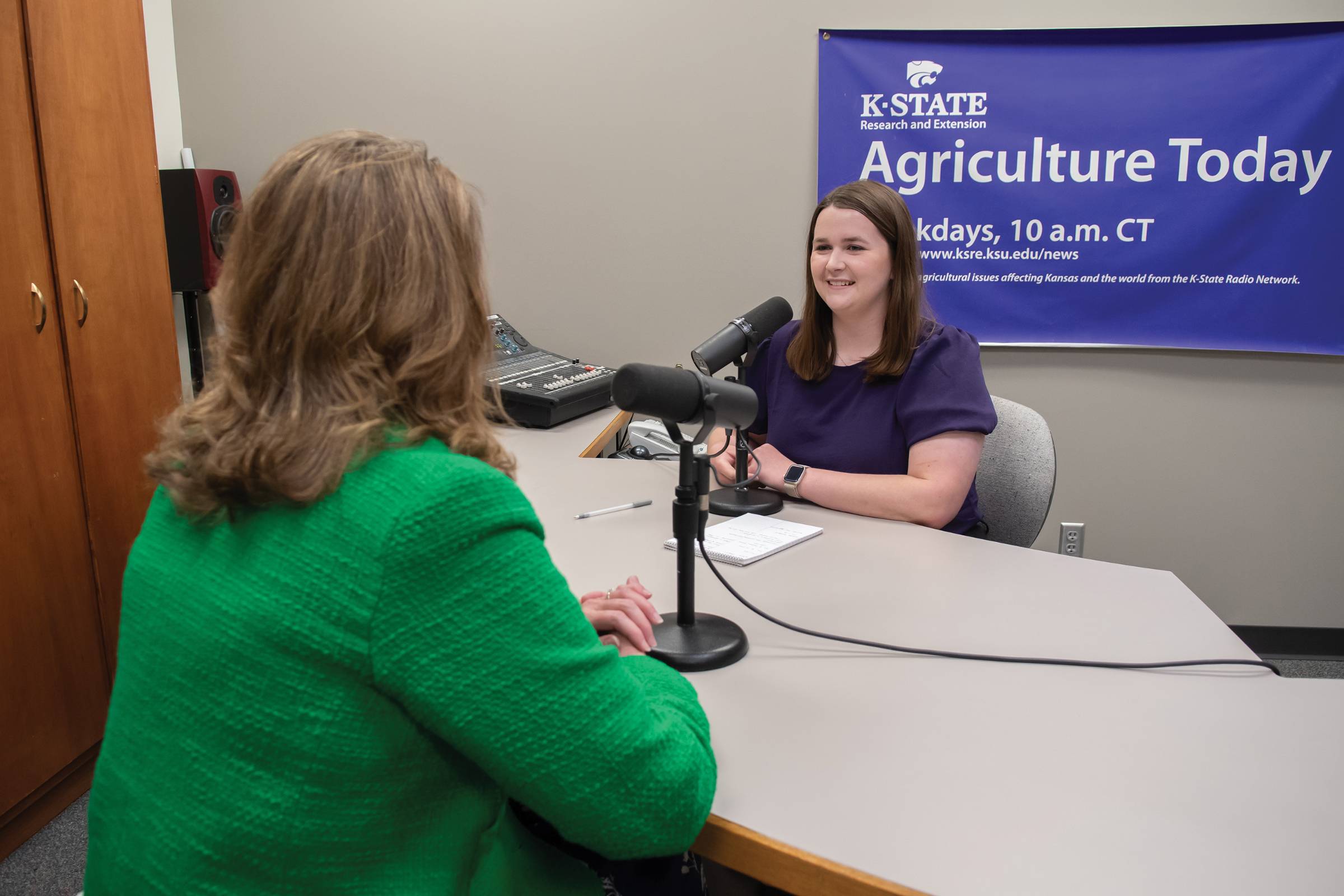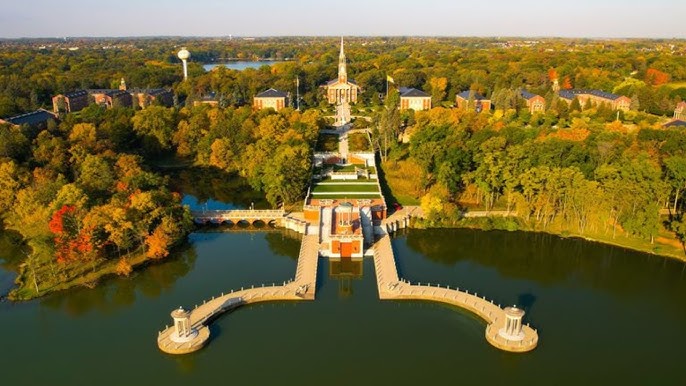University of Toronto Asset Management Corporation Report | $8.2B
Today we welcome #UofT‘s 17th president, Melanie Woodin. An internationally recognized neuroscientist and double graduate of U of T, Woodin starts a new chapter on her first day in office. ➡️ https://t.co/m7LbcVmGyt pic.twitter.com/f1pr0fussI
— University of Toronto (@UofT) July 2, 2025
Jordan Peterson was a Professor at the University of Toronto St. George
“The Discovery of Insulin” 1921
At the beginning of the 20th century, a diagnosis of Type 1 diabetes was a death sentence. Scientists on the faculty of the University of Toronto discovered insulin; thus saving millions of lives around the world.@UofT https://t.co/EG6fHVQKPK pic.twitter.com/yweLJiNDI4— Standards Michigan (@StandardsMich) July 2, 2024
#UofT and its hospital partners are celebrating the life and legacy of Professor Emeritus James Till, whose research demonstrated the existence of stem cells and fundamentally transformed the field of medical science. https://t.co/1l3w4XdUwP pic.twitter.com/lLPKXkjGAp
— University of Toronto (@UofT) June 4, 2025
Facilities & Services | Campus Master Plan | 2025 update to U & T building design standards



